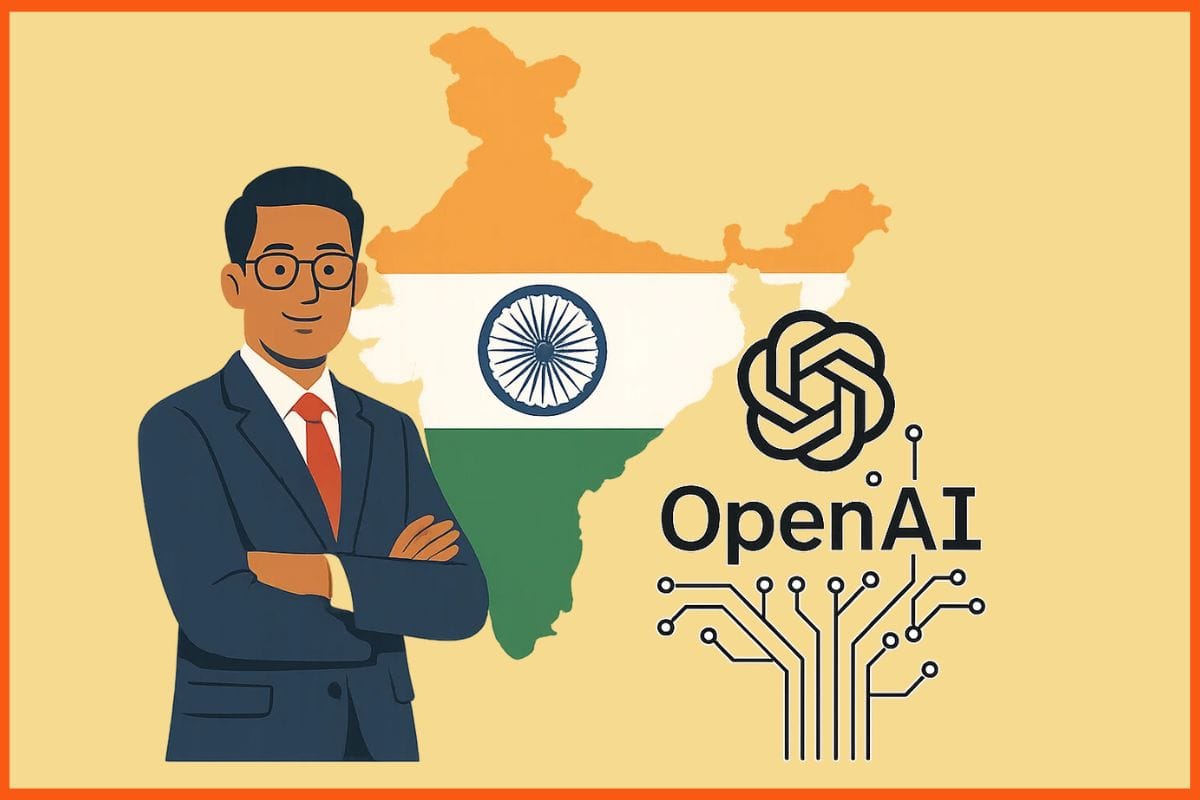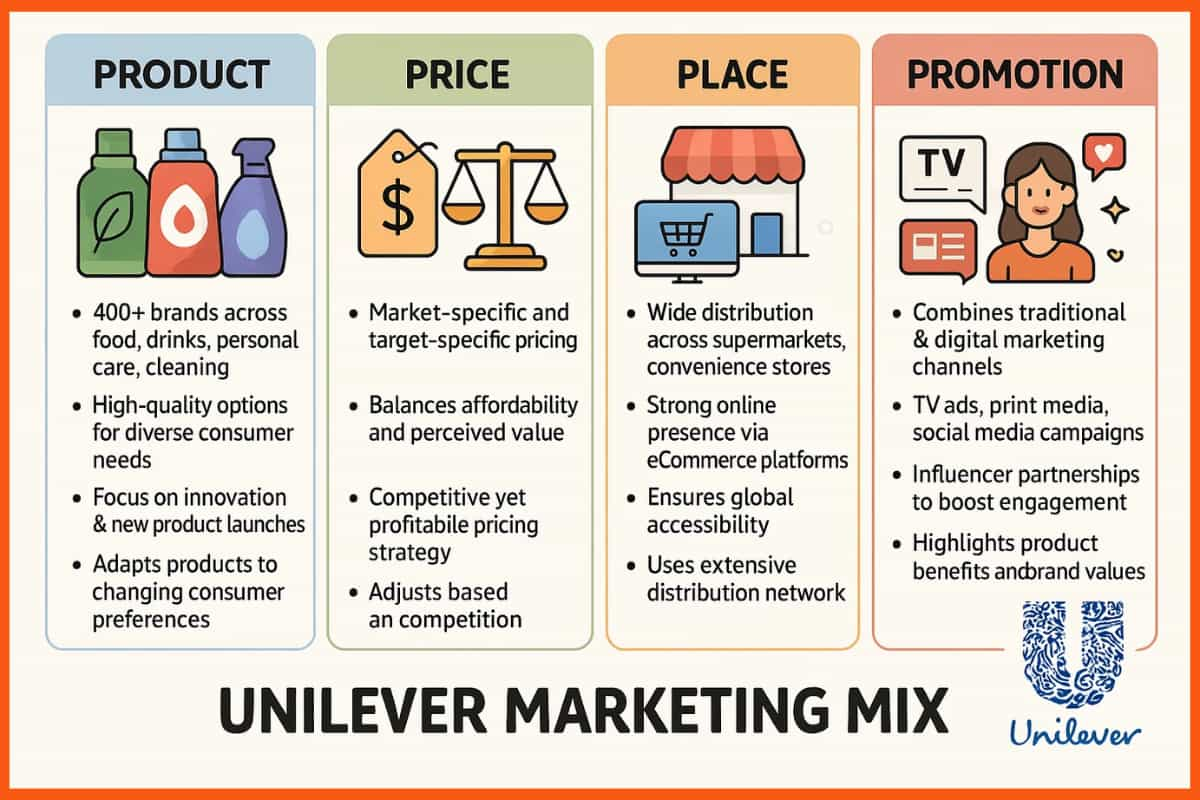Nowadays, digital classrooms are starting to replace traditional classrooms as technology is stepping in to take over what were once considered impossible to bridge. Amid this transformation, but little did they know, OpenAI had made a bold move by appointing Raghav Gupta as the Head of Education for India and the Asia-Pacific region.
However, this isn’t just another executive hire; it’s a signal of how seriously global AI leaders are now looking at India as a hub for educational innovation.
Raghav Gupta is also known for his track record of scaling EdTech platforms and driving meaningful learning initiatives that bring a unique blend of vision and execution to the table. His appointment comes at a time when millions of students are already experimenting with AI tools, and educators are seeking smarter, more efficient ways to teach.
By combining OpenAI’s advanced technology with his deep understanding of the regional education landscape, this initiative promises to redefine how students learn, teachers teach, and institutions adopt AI-driven solutions.
Raghav Gupta – Early Education
Raghav Gupta – Career Achievements
Raghav Gupta – Entrepreneurship and AI Leadership
Raghav Gupta – Driving AI Innovation in Classrooms Across India & APAC
Raghav Gupta’s Statement – Starting a New Chapter
Raghav Gupta – Biography
| Full Name | Raghav Gupta |
|---|---|
| Current Role | Head of Education – India & Asia-Pacific, OpenAI |
| Previous Role | Managing Director, Asia-Pacific, Coursera |
| Education | BE in Mechanical Engineering from the Dr. D. Y. Patil Vidyapeeth, GMT in Business of Fashion from the National Institute of Fashion Technology & MBA from INSEAD |
| Industry Experience | EdTech and Technology |
Raghav Gupta – Early Education
Raghav Gupta’s academic journey showcases versatility and excellence, which have made his career in education and technology. He began with a Bachelor’s in Mechanical Engineering from Padmashree Dr. D.Y. Patil Vidyapeeth, Pune, where he built a solid foundation in analytical thinking and problem-solving. He then expanded his skill set by pursuing postgraduate studies in Fashion Business Management at the National Institute of Fashion Technology (NIFT), New Delhi, blending creativity with strategic business insight.
To gain global exposure and sharpen his leadership skills, Gupta earned an MBA from INSEAD, France, where he was honored with the prestigious Syngenta Scholarship for Emerging Country Leadership. This diverse academic background has equipped him with a unique combination of technical, creative, and strategic expertise, enabling him to navigate complex challenges and drive innovation in the education and EdTech space.
He further gained his expertise with specialized courses in Game Theory at Brown University and Finance at Emory University, reflecting his passion for lifelong learning and his ability to navigate diverse disciplines with ease.
Raghav Gupta – Career Achievements
Raghav Gupta has been at the forefront of education, technology, and consulting, taking on leadership roles that span India, Southeast Asia, and Europe, for over two decades. Most recently, as Managing Director for India and Asia Pacific at Coursera, he spearheaded growth strategies that opened doors for millions of learners, empowering both consumers and enterprises to access world-class education online.
Before Coursera, Gupta made his mark as President of Technopak Advisors and Principal at Booz & Company (Strategy&), where he partnered with leading companies in retail, fashion, FMCG, and education to shape their growth journeys. His entrepreneurial spirit also shone through during his time as India Country Manager at BlaBlaCar, where he successfully scaled the inter-city carpooling platform in one of the world’s most competitive mobility markets.

Raghav Gupta – Entrepreneurship and AI Leadership
Raghav Gupta’s entrepreneurial spirit came to life with Futuresense, an AI-driven skilling venture he founded to prepare India’s workforce for the future. By equipping professionals with next-generation capabilities, he showcased how innovation and impact can go hand in hand.
Blending corporate leadership, consulting acumen, and entrepreneurial drive, Gupta is uniquely positioned to lead OpenAI’s education initiatives across India and the Asia Pacific. His vision goes beyond businesses; it’s about building ecosystems that make advanced education and AI skills accessible to millions.
At OpenAI, his mission is clear: transform classrooms with AI, fuel breakthrough research, and place India at the heart of global AI-powered educational innovation. With his deep academic grounding, professional expertise, and forward-looking strategy, Raghav Gupta is helping to build the future of learning itself in the region.
Raghav Gupta – Driving AI Innovation in Classrooms Across India & APAC
OpenAI has appointed Raghav Gupta, the former Managing Director for Asia-Pacific at Coursera, to lead its education initiatives across India and the broader Asia-Pacific region, signalling a major push into AI-powered education in one of its most important international markets.
The appointment was confirmed by OpenAI’s Vice-President for Education, Leah Belsky, during the OpenAI Education Summit in New Delhi. He brings nearly eight years of experience at Coursera, where he oversaw operations across India and Asia-Pacific, before leaving the company earlier this year.
This move aligns with OpenAI’s ongoing localisation strategy in India, which includes opening its first office in New Delhi, ramping up local recruitment, and posting multiple job openings. Currently, Pragya Misra is the sole employee in India, heading public policy and partnerships.
In line with its commitment to advancing AI in education, OpenAI has awarded a $500,000 research grant to IIT-Madras to explore how AI can enhance learning outcomes and teaching practices. This initiative reflects the company’s broader vision of fostering innovation and transforming classrooms across India.
Raghav Gupta’s Statement – Starting a New Chapter
In a social media post announcing his new role, Gupta shared:
“Some milestones feel bigger than others. Today I’m starting a new chapter as Head of Education for India and Asia Pacific at OpenAI. Throughout my career, I’ve focused on using technology to drive social impact, especially in education.
ChatGPT is now one of the world’s most popular learning tools, particularly in India, where millions of students use it daily for homework help, exam prep, and exploring new ideas. But to make real progress, it’s crucial we work with educators and institutions to ensure AI strengthens learning, helps teachers, and meets the unique needs of India’s education system.
We took an important first step today at our inaugural India Education Summit by launching the OpenAI Learning Accelerator. Through partnerships with leading institutions, including IIT Madras, AICTE, and ARISE, this initiative will fund innovative research on AI and learning, distribute nearly half a million ChatGPT licenses to educational institutions, and deliver practical training for educators and students nationwide. This is just the beginning. Excited to start this new journey and connect with educators, students, and institutions interested in exploring how AI can positively shape the future of education.”

FAQs
Who is Raghav Gupta?
Raghav Gupta is the newly appointed Head of Education – India & Asia-Pacific at OpenAI, known for his leadership in scaling EdTech platforms and driving innovation in digital learning.
What was Raghav Gupta’s previous role before joining OpenAI?
Before joining OpenAI, Raghav Gupta served as Managing Director for Asia-Pacific at Coursera, where he led growth initiatives and expanded access to online education across the region.
What is Raghav Gupta’s educational background?
Raghav Gupta holds a Bachelor’s in Mechanical Engineering from Dr. D.Y. Patil Vidyapeeth, a Postgraduate degree in Fashion Business Management from NIFT, and an MBA from INSEAD, France.









